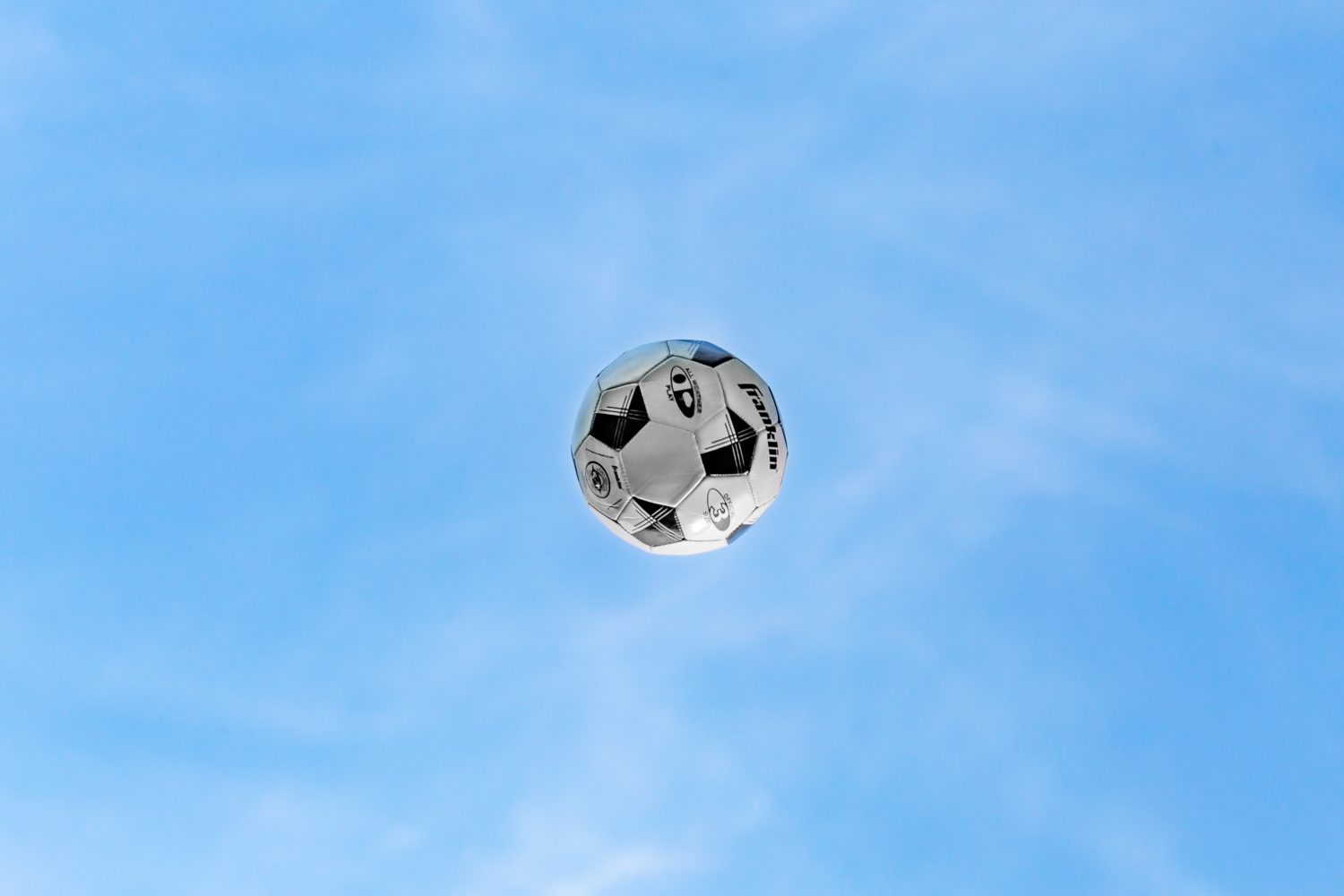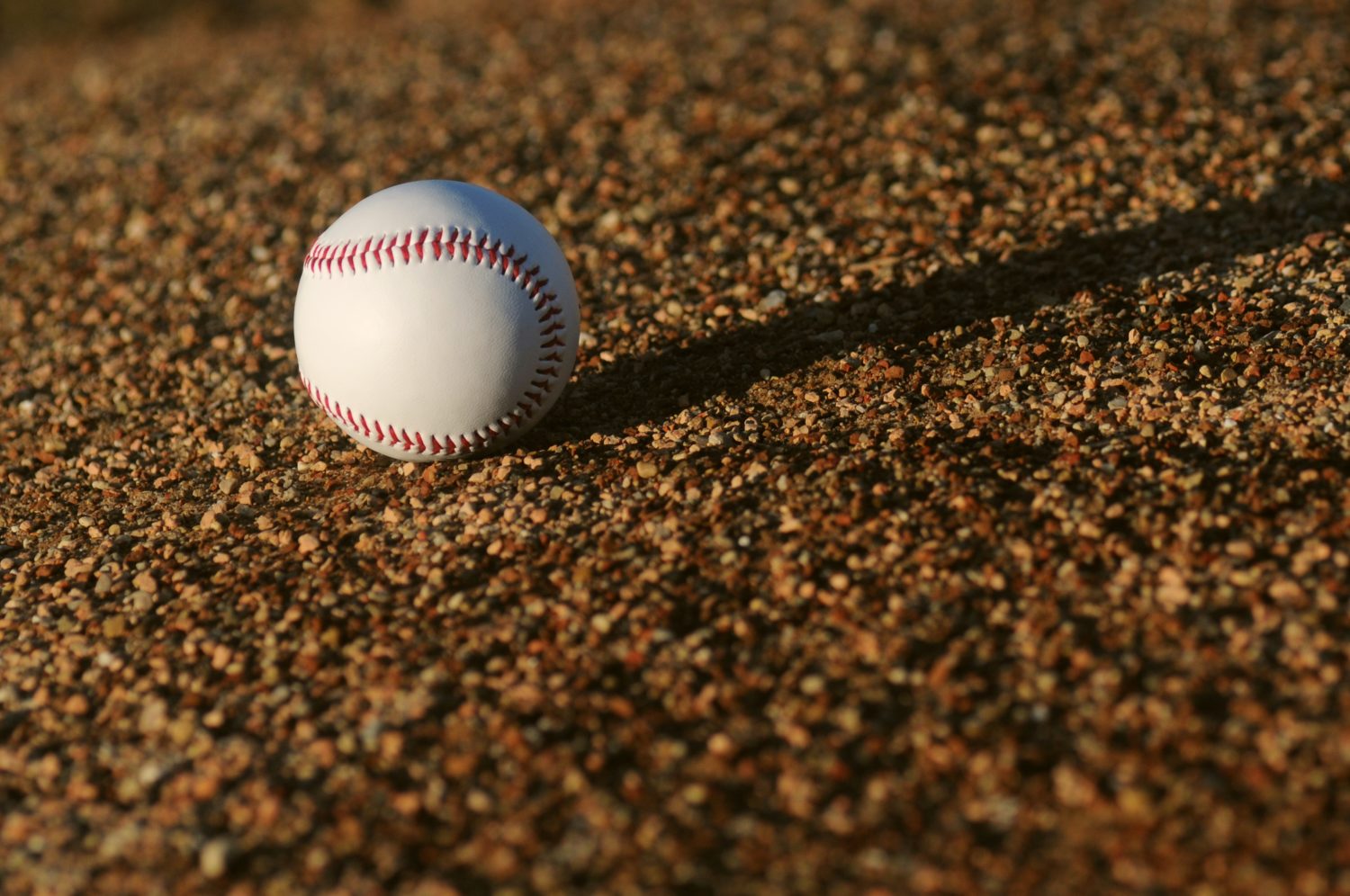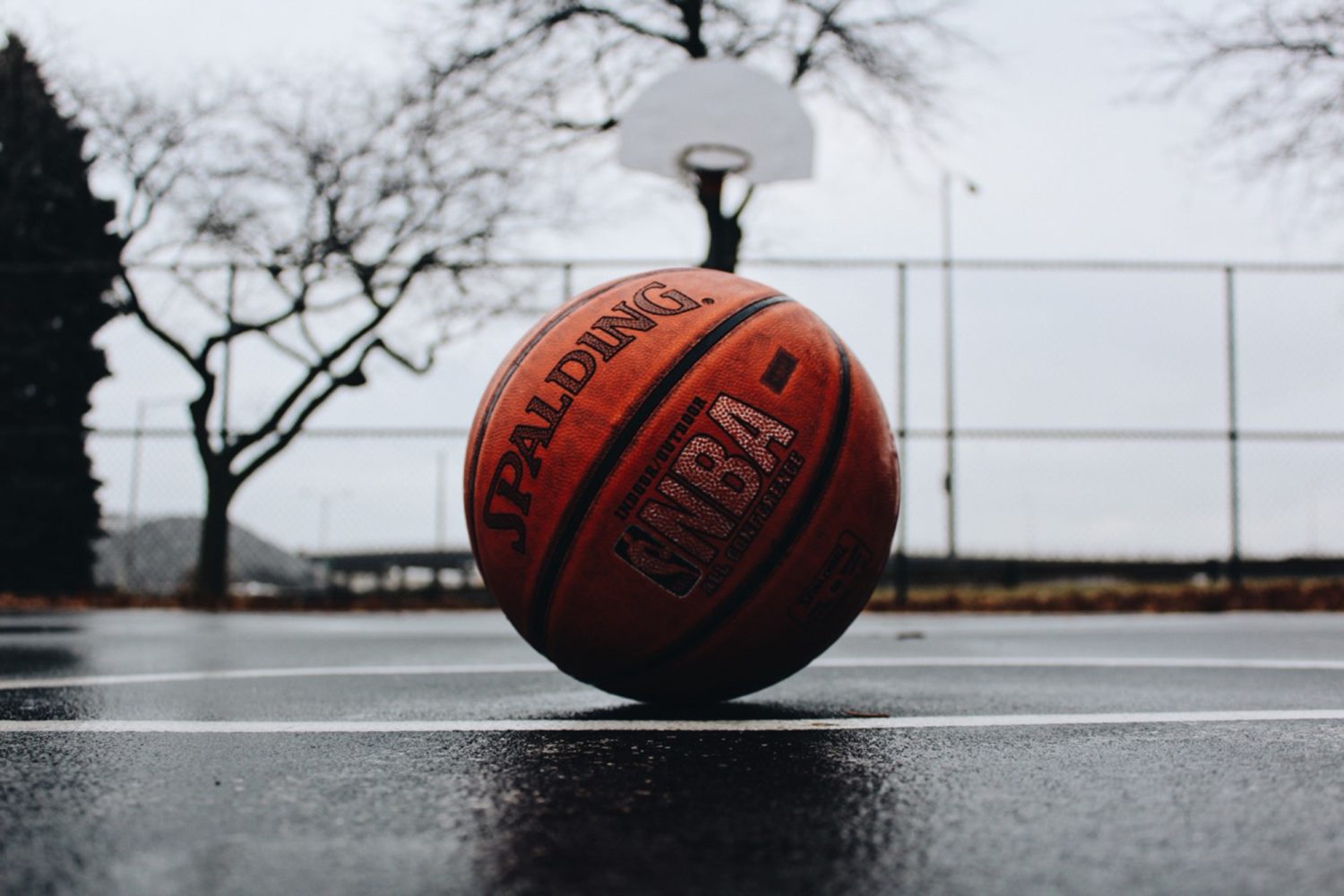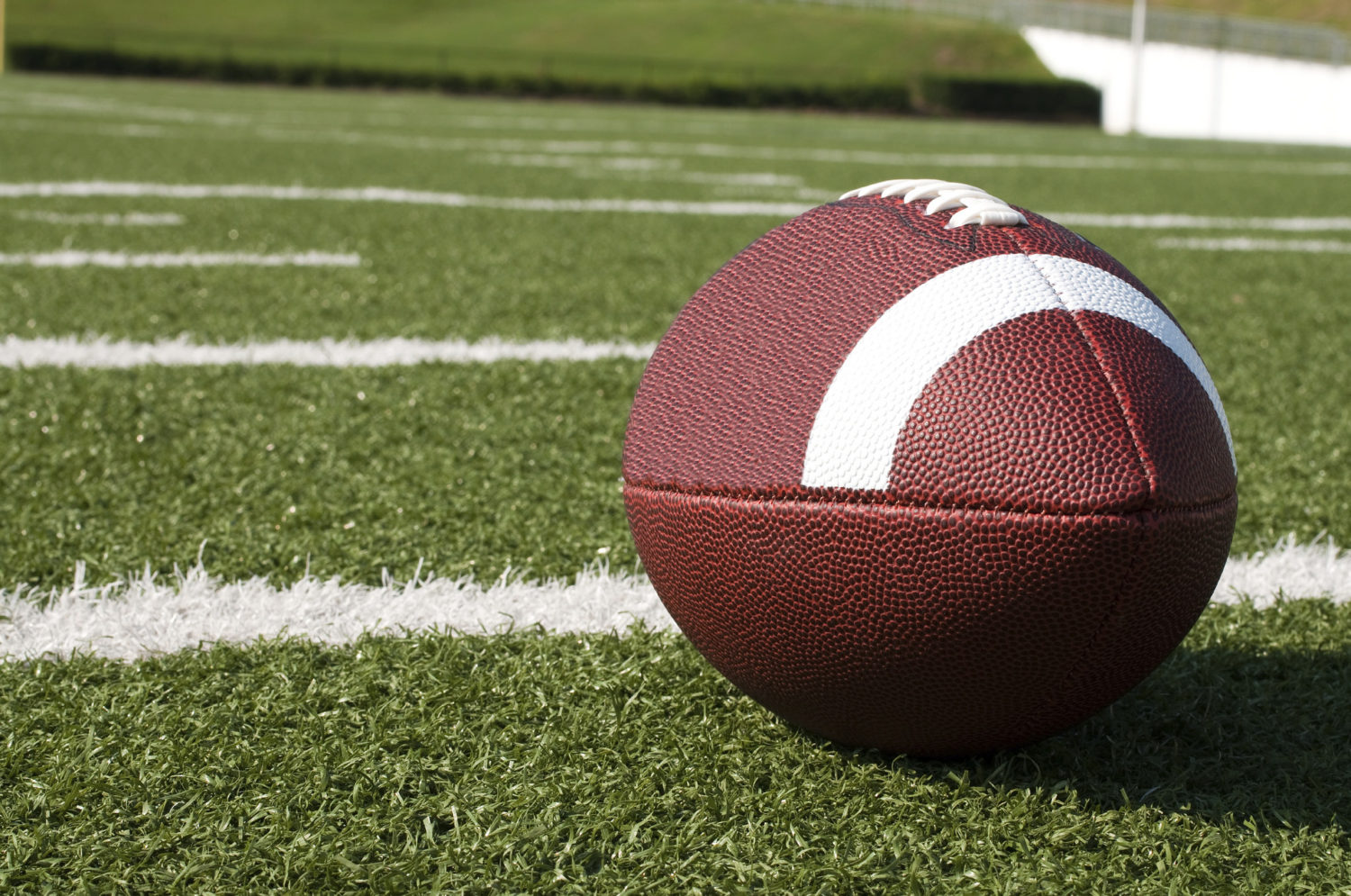Playing sports is a great way to stay active and learn some new skills. A few bumps and bruises are normal, but depending on the sport, some more series injuries might also be common. Here’s a breakdown by sport of injuries and what to do if your little athlete suffers from one.
Soccer

All that running and footwork can be hard on the feet and ankles. Strains and sprains are common soccer injuries, especially sprained ankles. If it hurts to put weight on the ankle, there is swelling, tenderness, bruising, or stiffness, it’s probably sprained. Visit a doctor for a diagnosis and treatment. Common treatments include: Wearing a brace, elevating the foot to reduce swelling, resting and keeping weight off the ankle.
Warming up before practice can reduce the incidents of strain and sprains. Simple foot stretches can also help and wearing proper footwear is always a good idea.
Baseball

The repetitive swinging, throwing and catching motions of baseball are particularity good at causing overuse injuries, especially among pitchers. Shoulder, wrist and finger sprains are common baseball injuries. If there is pain or stiffness near a joint, the affected area is likely sprained. Seek a diagnosis from a medical professional and rest the affected area.
Allowing ample resting time between practices lowers the risk of overuse injuries. Gentle stretching can also help.
Basketball

The ball might be in your hands but your feet take the brunt of the work. Heel pain, ankle sprains and ACL tears are all injuries found on the basketball court. The main cause of basketball injuries is running and jumping. Working on calf flexibility, balance and hip strength can help prevent injury.
Football

Photo by U.S. Department of Agriculture.
There’s no denying that football is a physical sport and it’s also the culprit of many injuries, including one of the most severe: concussions. Concussions are possible during any sport and coaches, parents and doctors are more conscious about reducing the risk of concussion and spotting potential concussions. If a player has any signs of concussion at all, that player should stop playing immediately and seek medical attention. Signs of a concussion include:
- Headaches
- Confusion
- Nausea/vomiting
- Dizziness
- Slurred speech
- Numbness
- Loss of balance
- Loss of memory
- Mood changes
Beyond head injuries, other common football-related injuries include knee, ankle and finger sprains and bruises and scrapes.
As always, if something doesn’t seem right, feels a little off or painful, ask a doctor. Our emergency and urgent care center is always open and ready to help with your sports needs. Can’t tell if it’s a sprain or broken bone? Or can’t wait until your primary care is available? We’re here and ready to help.

